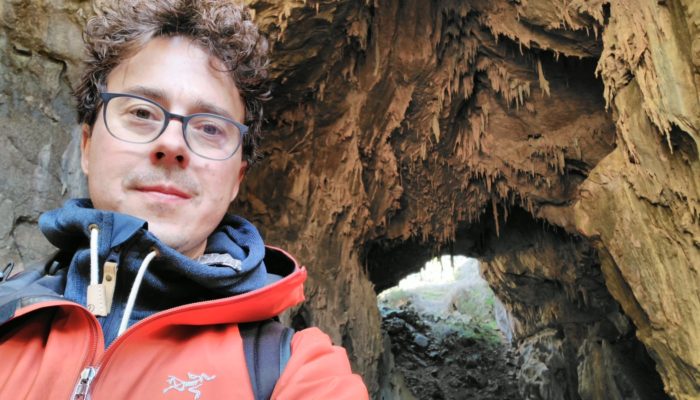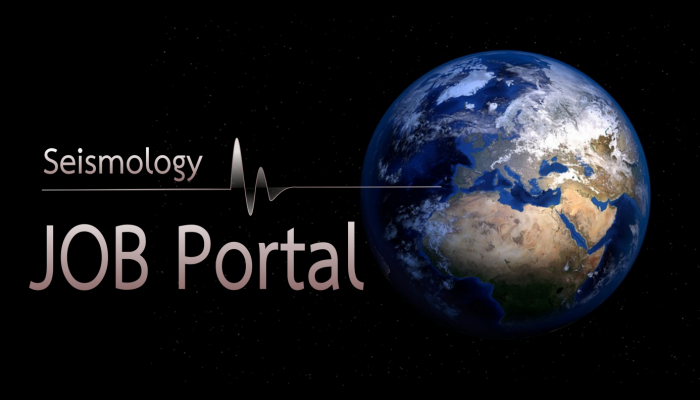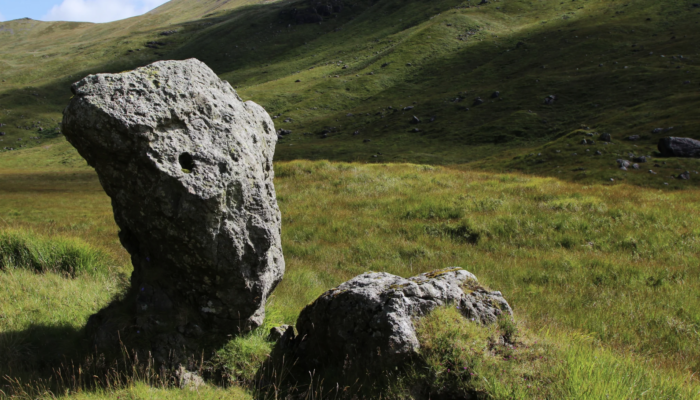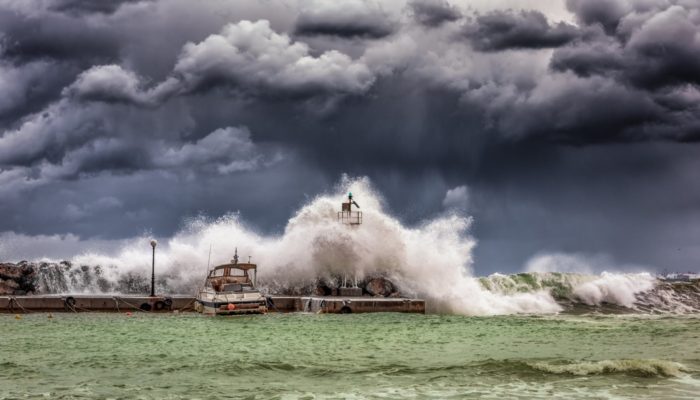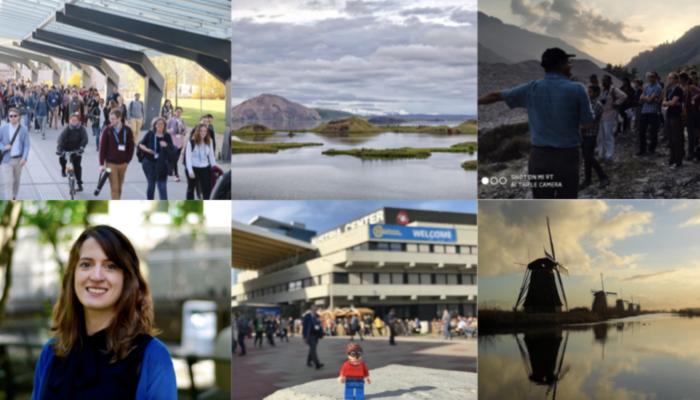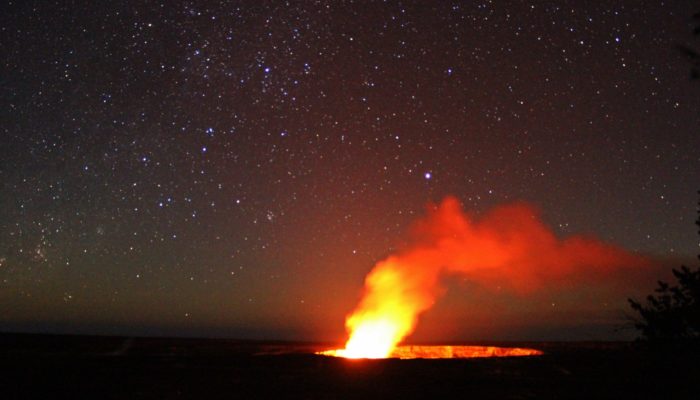Andreas Hartmann makes a point to attend Hofer Filmtage – or the Hof International Film Festival – every year to keep up a tradition he started when he was 12. As a professor, he sets down research to make the yearly pilgrimage to his German hometown to visit with his best friends and family. This year, he couldn’t completely separate from work. After getting out of a film, he got a note saying th ...[Read More]
Seismology
…ever thought of becoming a guest writer?
Why guest writers? Seismology opens a window into volcanic, tectonic, oceanic, atmospheric and artificial processes. Spanning from the generation of earthquakes, to their environmental effects, to the most hidden phenomena inside Earth, Seismology involves different scales in time and space. Different studies, different stories and different perspectives for a broader overview on the latest discov ...[Read More]
Seismology
Seismology Job Portal
On this page we regularly update open positions in Seismology. Do you have a job on offer? Contact us at ecs-sm@egu.eu
GeoLog
Imaggeo on Mondays: When boulders hitch a ride from glaciers
Glen More, on the Isle of Mull, Scotland, is a classic locality for studying glacial landforms and sediments. Here, two prominent ice-transported boulders stand guard at the head of the valley, left behind after the Loch Lomond Readvance (Younger Dryas stade), the final pulse of Quaternary glaciation in Scotland. Behind them in the characteristic U-shaped valley, hummocky morraines are littered wi ...[Read More]
Natural Hazards
Behind the scene: knowing the President of the EGU Natural Hazard Division – Ira Didenkulova!
In this last post of 2019, I have the pleasure to ask some questions to Ira Didenkulova, the President of the EGU Natural Hazards division who has been recently elected for a second mandate. Ira, can you introduce yourself and tell what led you the position of EGU Natural Hazard (NH) Division president? What are the main challenges you had and what’s next for the NH division? It seems this ...[Read More]
GeoLog
Imaggeo on Mondays: The best of imaggeo in 2019
Imaggeo, our open access image repository, is packed with beautiful images showcasing the best of the Earth, space and planetary sciences. Throughout the year we use the photographs submitted to the repository to illustrate our social media and blog posts. For the past few years we’ve celebrated the end of the year by rounding-up some of the best Imaggeo images. But it’s no easy task to pick which ...[Read More]
GeoLog
December GeoRoundup: Our most read blog posts of 2019
The past 12 months have seen an impressive 160 posts published on the EGU’s official blog, GeoLog. It regularly highlights recent research in the Earth, planetary and space sciences, interviews members of our geoscience community, and brings readers information about the Union and its activities, particularly its General Assembly. This month’s GeoRoundUp will highlight some of the most popular sto ...[Read More]
Tectonics and Structural Geology
Features from the field: Bedding/Stratification
Bedding (also called stratification) is one of the most prominent features of sedimentary rocks, which are usually made up of ‘piles’ of layers (called ‘strata‘) of sediments deposited one on top of another. Every stratum is characterized by its own lithology (composition), sedimentary structures, grain size and fossil content that make it unique and different from the stra ...[Read More]
GeoLog
EGU 2020: Registration open & townhall and splinter meeting requests
The EGU General Assembly brings together geoscientists from all over the world to one meeting that covers all disciplines of the Earth, planetary and space sciences. The conference is taking place in Vienna on 3–8 May 2020, providing an opportunity for both established scientists and early career researchers to present their work and discuss their ideas with experts in all fields of the geoscience ...[Read More]
Biogeosciences
EGU2020 BG Sessions in the spotlight: Extreme environments
Less than one month left for the EGU 2020 abstract deadline on January 15. Today we highlight two sessions of BG 5 – Geomicrobiology, extreme environments on Earth and planetary analogues. First, BG5.1: Biology and Geology of extreme environments on Earth and planetary analogs. This session is convened by Monica Pondrelli, Jessica Flahaut, Frances Westall, Helge Niemann and Barbara Cavalazz ...[Read More]

